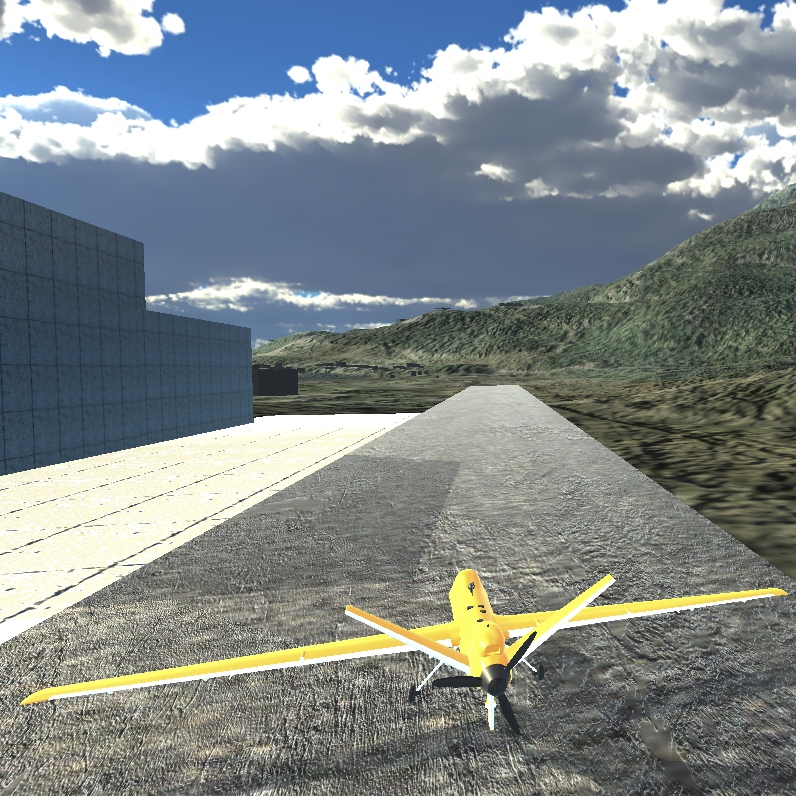Search & Rescue Simulation
Using Unity, Machine Learning, and Algorithms for realistic search and rescue training simulations.
Overview
Developed an advanced simulation platform for search and rescue training that combines Unity's real-time 3D capabilities with machine learning algorithms to create realistic disaster scenarios. The system helps train emergency responders in decision-making, resource allocation, and team coordination through immersive simulations.
Key Features
- Realistic Disaster Scenarios: Earthquake, flood, building collapse simulations
- AI-Powered NPCs: ML-based behavior for victims and obstacles
- Dynamic Environments: Procedurally generated disaster sites
- Multi-agent Coordination: Team-based rescue operations
- Performance Analytics: Track response time, efficiency, and outcomes
- Pathfinding Algorithms: AI-driven navigation through debris
- Resource Management: Limited equipment and time constraints
- GIS Integration: Real-world mapping data through ArcGIS
Tech Stack
- Platform: Unity Game Engine
- Language: C#
- Machine Learning: ML-Agents, TensorFlow integration
- Mapping: ArcGIS for Unity
- XR Support: VR/AR capabilities for immersive training
- 3D Assets: Blender
- Algorithms: A*, reinforcement learning, behavior trees
Technical Highlights
- Implemented ML-Agents for realistic victim behavior and movement patterns
- Developed pathfinding algorithms for navigating complex debris fields
- Created procedural generation system for varied disaster scenarios
- Built multi-agent reinforcement learning for team coordination
- Integrated real-world GIS data for authentic location modeling
- Implemented physics-based destruction and debris simulation
- Developed scoring system evaluating rescue effectiveness
- Created analytics dashboard for performance review
Results
- Successfully simulated realistic search and rescue operations
- Trained emergency responders in safe, controlled virtual environment
- Reduced real-world training costs and equipment needs
- Enabled practice of high-risk scenarios without danger
- Demonstrated effective use of AI/ML in training applications
- Generated valuable data on optimal rescue strategies
Challenges & Solutions
Challenge: Creating realistic victim behavior in disaster scenarios
Solution: Used reinforcement learning to train agents based on real emergency data
Challenge: Balancing realism with training objectives
Solution: Implemented difficulty scaling and scenario customization
Challenge: Handling complex physics for building collapse
Solution: Combined pre-computed destruction with real-time physics
Challenge: Coordinating multiple AI agents realistically
Solution: Implemented hierarchical multi-agent RL with communication protocols
Impact
This simulation platform demonstrates how AI and game technology can revolutionize emergency response training. By providing realistic, repeatable scenarios without physical risk or cost, it enables responders to practice critical skills and test strategies, ultimately saving more lives in real emergencies.
Technical Achievements
- Advanced ML-based agent behavior systems
- Sophisticated procedural generation algorithms
- Real-time GIS data integration
- Complex physics simulation
- Multi-agent coordination and communication
- Comprehensive analytics and performance tracking
Future Development
- Additional disaster scenario types (wildfire, hazmat)
- Multiplayer support for team training
- VR/AR mode for enhanced immersion
- Integration with actual emergency response protocols
- Expanded ML models for more realistic behavior
- Real-time scenario editor for instructors

